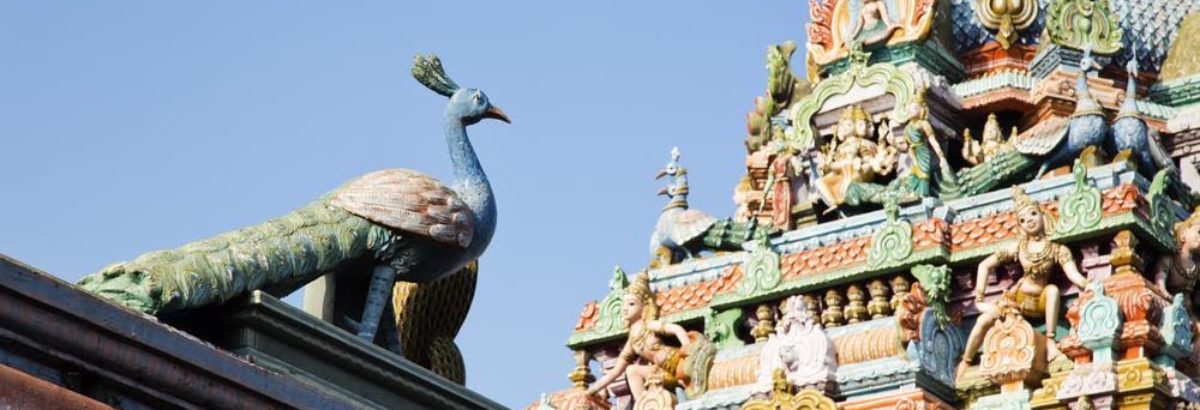Namaste all.
Sangita Parijatha


Ahobala’s Sangita Parijatha:
- Sangita Parijatha was written by Ahobla who lives in the 17th
- He was son of Sri Krishna. (Father’s name)
- This work explains how the 22 srutis are arrived at through shadja-panchama bhava. Besides, names for all the 22 sruthis are also given.
- He names the 22 sruthis and their positions.
- He identified the 12 swaras in terms of the length of the string of the Veena.
- The importance of this work is that only this book shows clearly for the first time how we can get different swaras when we pluck a stretched string at different lengths.
- 17 kinds of gamakas are illustrated.
- It is true that Sangita Parijatha speaks more about Hindustani Music.
- The suddha scale described in Sangita Parijatha is the same of todays Kafi Raga.
- And that equivalent to the Raga Kharahara Priya of Carnatic music.
- Ahobala refers to his music theory with the Principles of Lochana Kavi’s Raga Tarangini (15th Century) and Somanathar’s Raga Vibhodha (1609).
- Ahobala describes Mela as a combination of Swaras.
- He says it has a power to create the Ragas.
- Ahobala describes 122 Ragas in detail with swara structure. He gives the number of their swaras, their time of performance and their characteristic melodic phrases.
- Ahobala listed 11340 Ragas. And classified 122 ragas under six mela categories. He even sub divides into Audava, Shadava and sampurna.
- According to Ahobala the movement of different swaras in different places that is sthana of the same swara, that various swarasthanas give each Raga an unique flavour.
- Ahobala describes 68 types of Alankaras (Vadana-bedha) and is considered as an improvement over Raga Vibhodha of Somanathar.
- Ahobala determined the length of the strings of the Veena as the value of swaras.
- He names the 22 sruthi and their positions.
- He identified the 12 swaras in terms of the length of the string of the Veena.
- Ahobalar’s Sangita Parijatha was translated into Persian by Pandit Dinanatha and many other music scholars translated in other Northern languages.

— to be continued —
Prof. V.Meenakshi Jayakumar.
